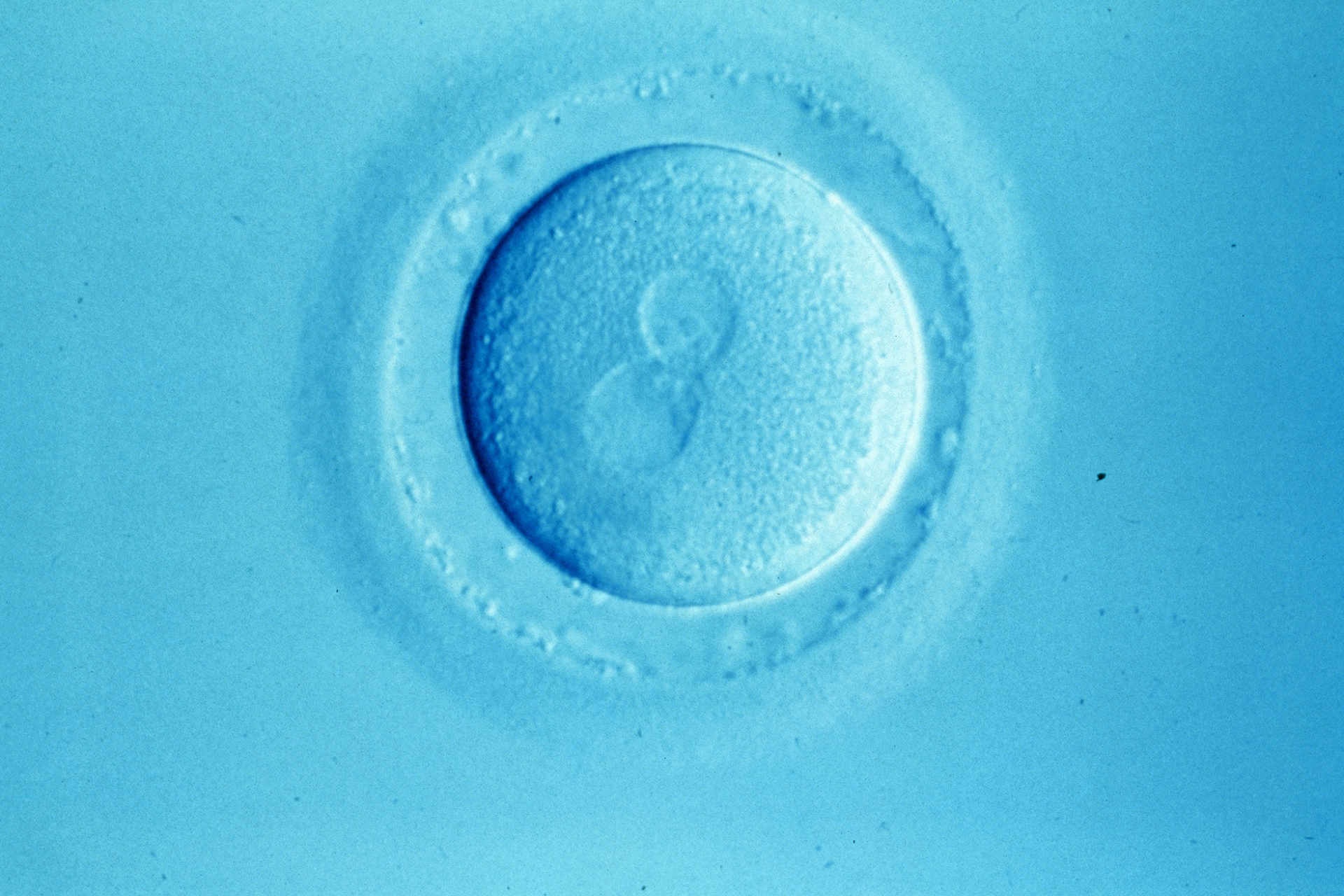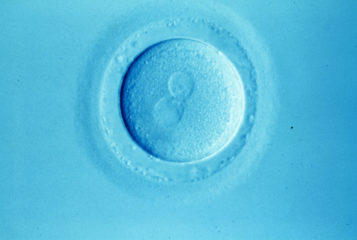Dr Roy Farquharson, chair of the European Society for Human Reproduction and Embryology (ESHRE), spoke exclusively to BioNews ahead of Europe's biggest embryology and reproductive medicine conference, which opened on Sunday 1 July in Barcelona, Spain. With up to 12,000 participants expected, ESHRE's annual conference will be the largest in the society's 34-year history.
A year into his role as chair of ESHRE, Dr Farquharson, considered how the society's role has changed since its beginnings, issues and challenges ahead, and why the society's annual conference is so important for research and the field.
Louise Brown, the first person to be born via IVF, will turn 40 next month. How has ESHRE's role changed since its beginnings six years after her birth?
A society starts for the benefits of its members: research, membership, practice guidelines, teaching and so on. Since then, we have also become a trustworthy partner for many agencies. We have now, with millions of IVF cycles and one million IVF births in Europe, a huge database. I think the modern parlance the term is 'big data' – that's what we've got. We have become a useful source of reliable information for policymakers and legislative assemblies. We never would have never have been foreseen that at the start.
What are the core areas of focus for ESHRE at the moment?
The role of specialist medical societies historically was confined to research, education and membership. The more modern approach is core behaviour standards and patient safeguarding. We don't use the word 'patient' enough – and that's what we're trying to do. We have coined a new phrase: 'reprovigilance', meaning vigilance over reproductive procedures. It's looking at patient safeguarding and paying attention to detail. It's all right doing something, but does it do any good? Does it do harm? For example, there's lots of dialogue in Europe about add-on therapies in IVF. We all know that all the trials so far have shown no benefit. But a lot of people keep using them. It costs money – is it fair?
ESHRE has often addressed political and scientific challenges. What are the most challenging and pressing issues in the field today?
Policy-making, harmonisation and collaboration. Now, it's impossible with national associations in 28 different countries to harmonise. We collaborate by collecting all the data and sharing it. It's cooperation because it's completely voluntary – no one has been asked or forced to give it. We have got over 90 percent penetration, or collection, from those countries (although some private clinics might still hold out). We now have 7264 members from 114 countries – two-thirds in Europe and one third are global. It's taken us 20 years to get that good.
What are your hopes for the annual ESHRE meeting this year, and why is this conference so important?
It just seems to be the one meeting of the year that everyone wants to go to. It's as simple as that. If you only had one meeting to go to, everyone would choose ESHRE. It has the best science and the largest attendance, so you can network. That's very important to our members. They want to network with colleagues and find out what they are doing. There is a lot of intelligence sharing, data exchange and research frontiers explored. Every year attendance goes up and up. There are 11-12,000 participants this year. Over ten years ago, again in Barcelona we broke 8000 – that's a 50 percent increase.
What are the major themes or news stories that you think will come out of the conference this year?
I think the main theme for us this year is the emphasis on international collaboration between societies and global agencies like the World Health Organization. There's also some groundbreaking research. You can only invent IVF once, but you can push the boundaries of our understanding time and again. A big area for us is genome editing and our understanding of fertility and programming. I think it's going to be a huge area for the future.
The fertility field is increasingly being considered a commercial industry. How does ESHRE fit with this? Does ESHRE has a commercial aspect?
I think what we have to remember is that ESHRE is strictly a non-profit organisation. Our independence and autonomy is regulated at all times by ESHRE's executive officers. We have a code, and we have compliance with all other individual societies in the BioMed Alliance, which is a group of 25 societies. We have all signed a single code of conduct. Although we acknowledge the contribution of commercial sponsors, we have to recognise that there is autonomy of ESHRE as an individual body. Of course, we are governed by the European Federation of Pharmaceutical Industries and Associations. There are clear rules and guidelines for ethical behaviour between non-profit organisations and commercial ones.
What is ESHRE doing to engage fertility professionals across the field?
ESHRE is supported by special interest groups – I think of them as the 'engines' of ESHRE as they drive things forward. These grew from 12 to 14 groups in the last year with a new group for nurses and midwives, and a new fertility-preservation special interest group. Our community has become more diverse and this emphasises the multi-disciplinary nature of assisted reproduction.
What do you hope to achieve during your chairmanship of ESHRE?
I suppose world peace would be a bit too much! At ESHRE you spend two years as chair-elect, two years as chair, and two years as past chair. This succession model is extremely successful. The chair-elect learns, the chair does the job, and the past chair is the organisational memory. In other organisations, everyone re-invents the wheel. Most organisational things take at least two, three or four years to achieve. It's a great set-up because ESHRE is so big and so complex, even compared with 10 years ago. All that requires development and infrastructure. It's a big beast.
What are the most important dates in your diary for the coming year?
The World Health Organization will be organising a global summit on infertility this December. They have asked us to contribute to the updated guidelines on infertility. At that point we will be putting forward the topic of fertility awareness (and delayed parenthood) in Europe. We also have a fertility awareness working group which has been running for ten months and will be reporting to the executive of ESHRE. We need to get on board with patient groups to explore how we can move forward together and put forward the topic for policymakers. In the UK, the average first time mother is aged 31 – many think IVF is the answer and of course it's not because success rates diminish rapidly after 35.
What tourist attraction is number one on your list to visit while you are in Barcelona?
I wish I had spare time for sightseeing, but I don't. My timetable's chocka already. I was however, told quite clearly by the conference organisers: 'You will wear your kilt for the opening ceremony otherwise you are not allowed to go to Barcelona!' I've been forced by the executive committee to get out my kilt and have it pressed. I've had to take 23 kilos of luggage as it weighs a tonne.
Is there anything else you'd like to mention?
I'd like to bust a common misconception. When celebrities in their 50s become pregnant, what the media don't tell you – and I wish they would disclose it – is it's with a donor egg. For young women out there, this might lead you to think you can have a baby at 55. That's only if you are very, very rich. Fertility awareness on several levels needs to be explored. We need accurate information and not fake news.
This interview has been edited for length and clarity.
Dr Roy Farquharson will be chairing a session at the Progress Educational Trust's Annual Conference 'Make Do or Amend: Should We Update UK Fertility and Embryo Law?', in London on Wednesday 5 December 2018.
There is an early bird discount if you book for this conference before 14 September. See here for details.





Leave a Reply
You must be logged in to post a comment.